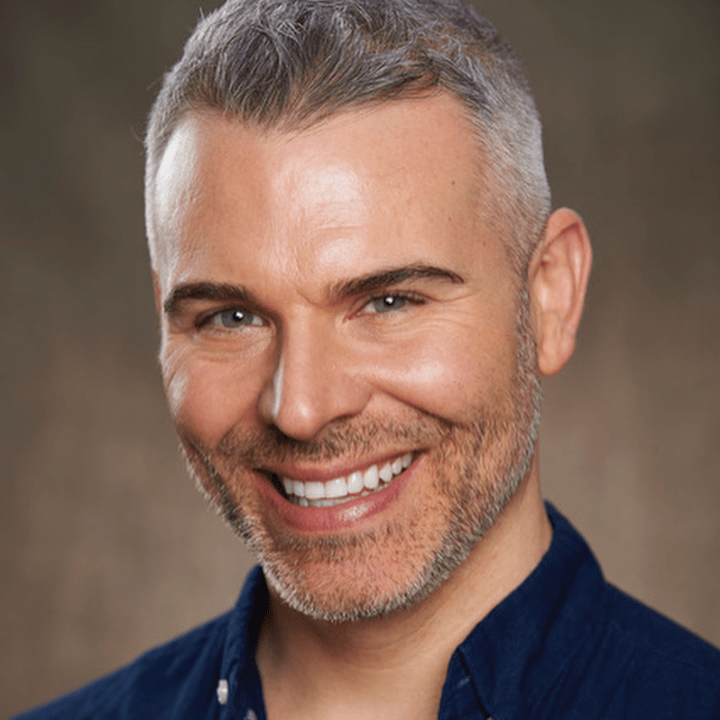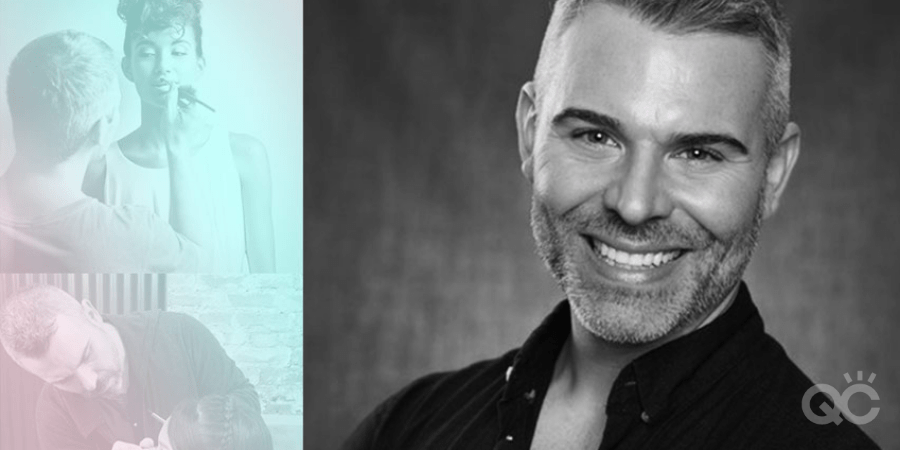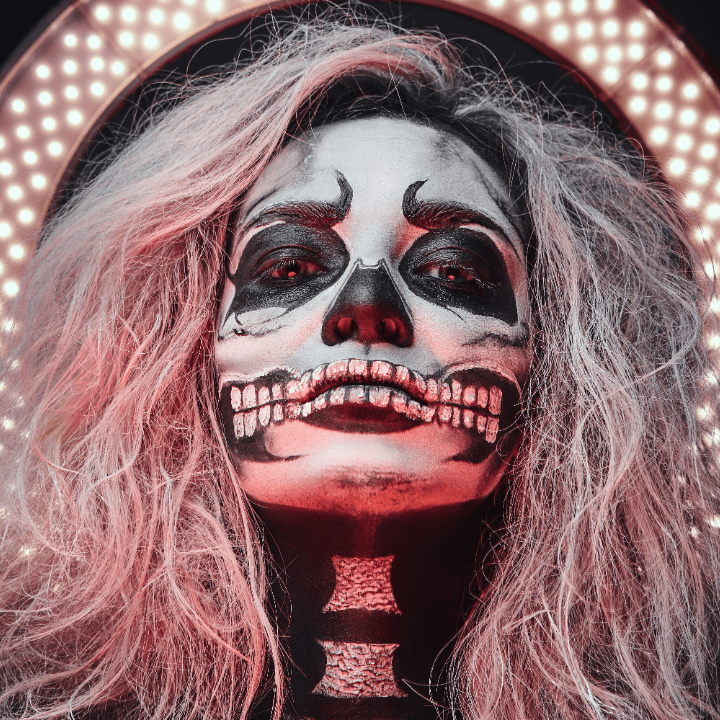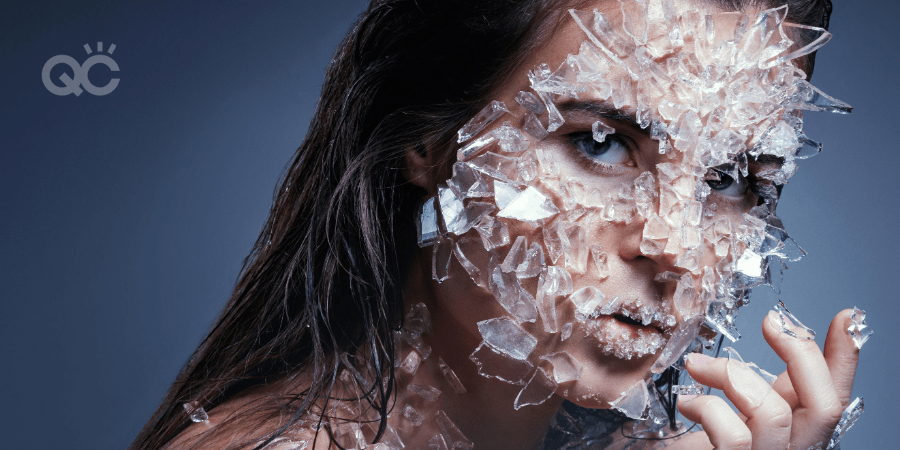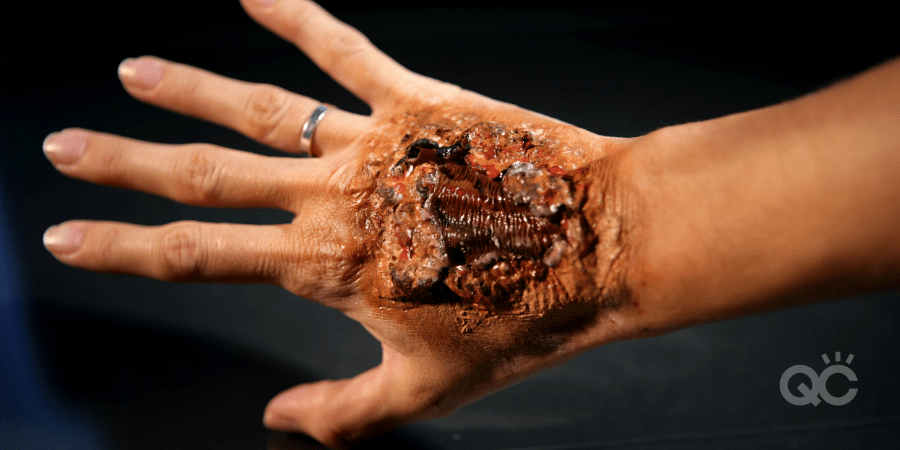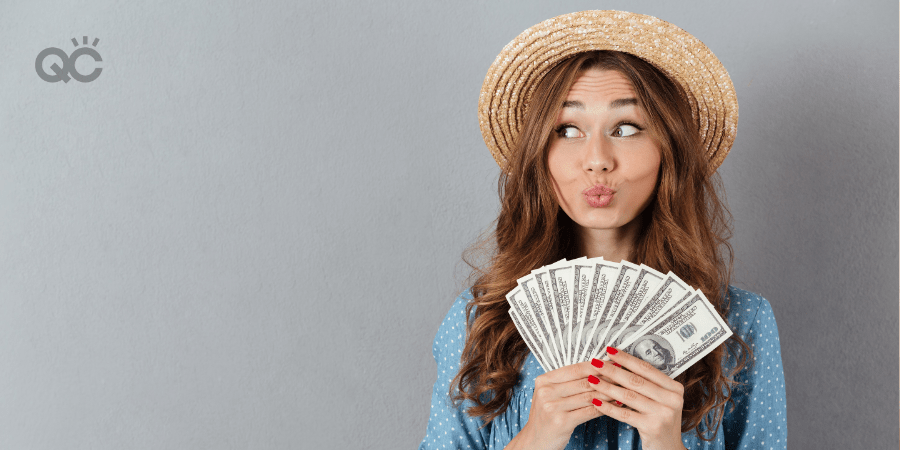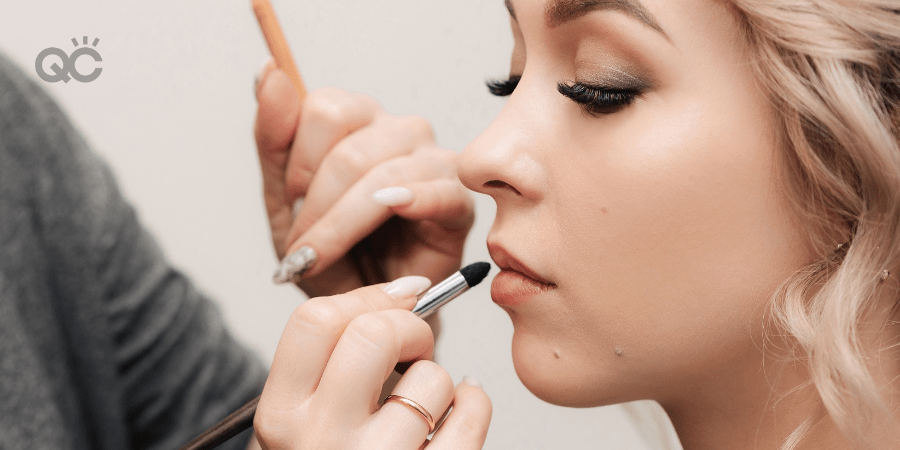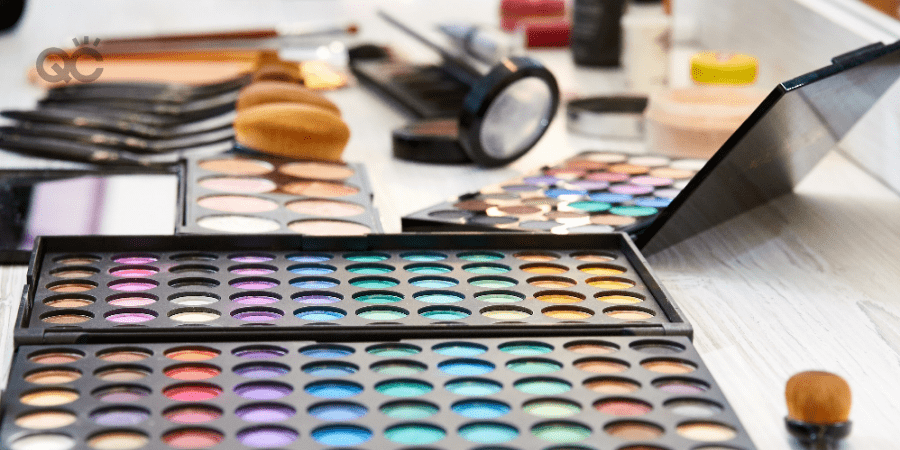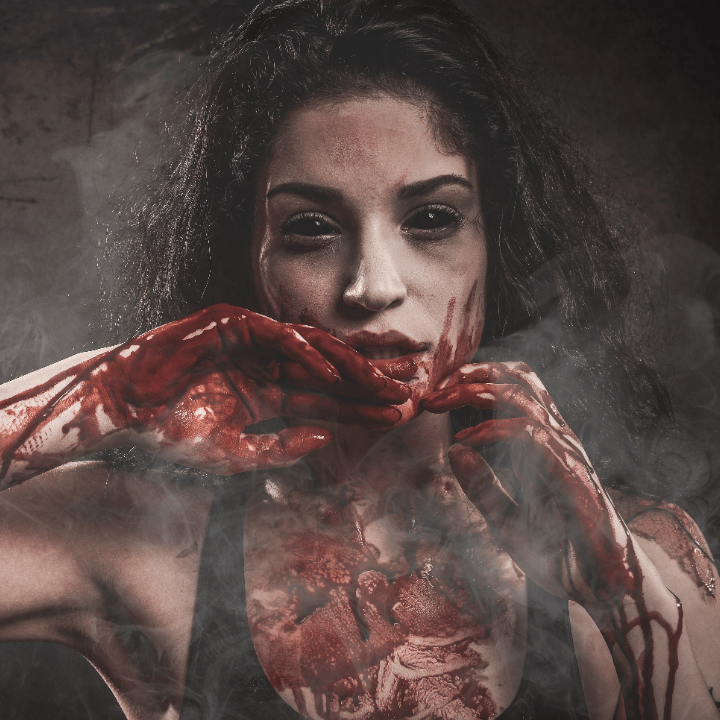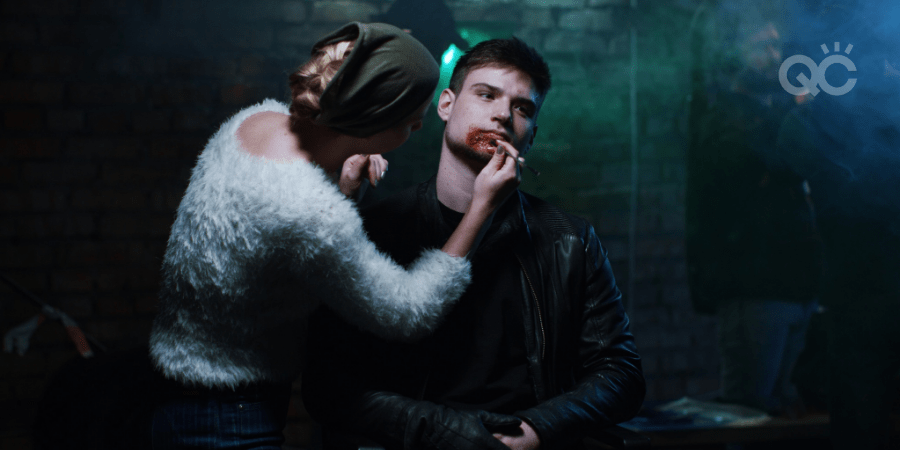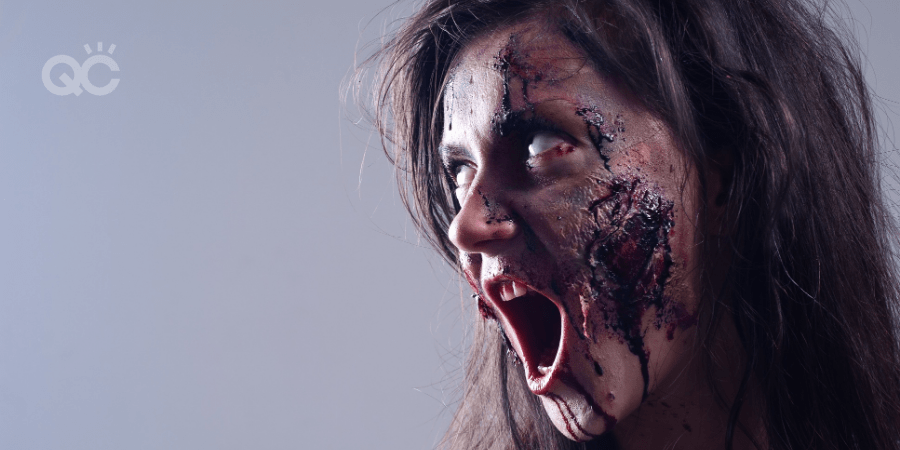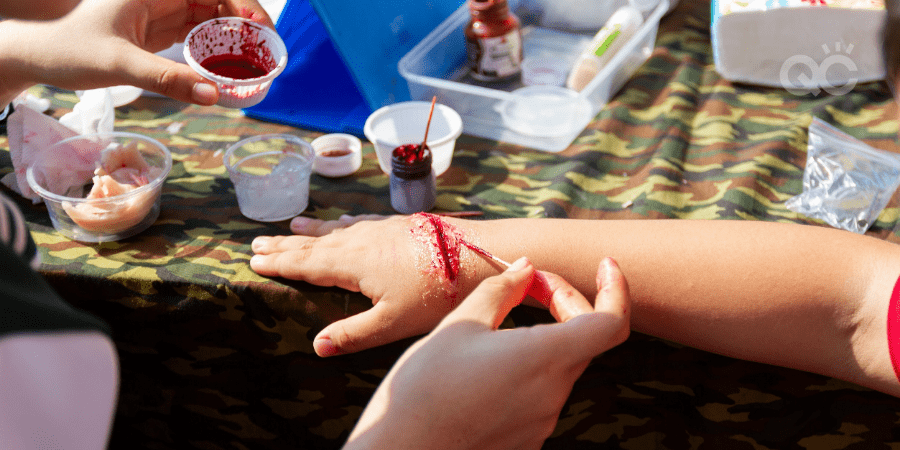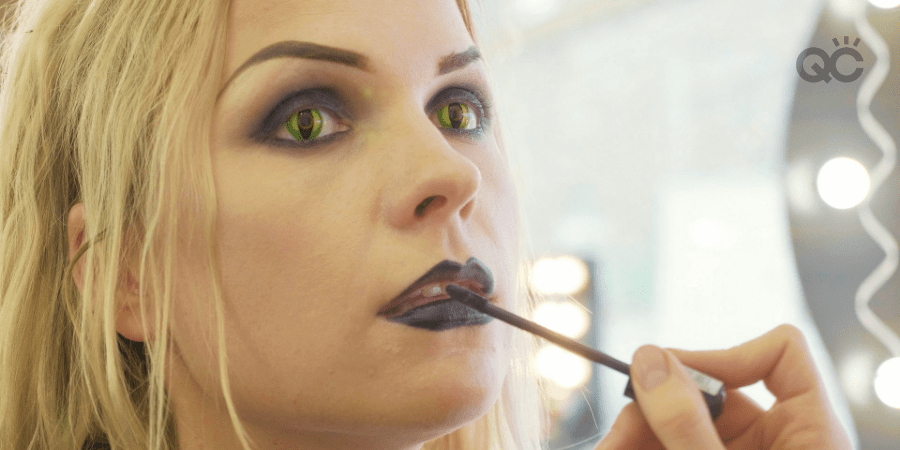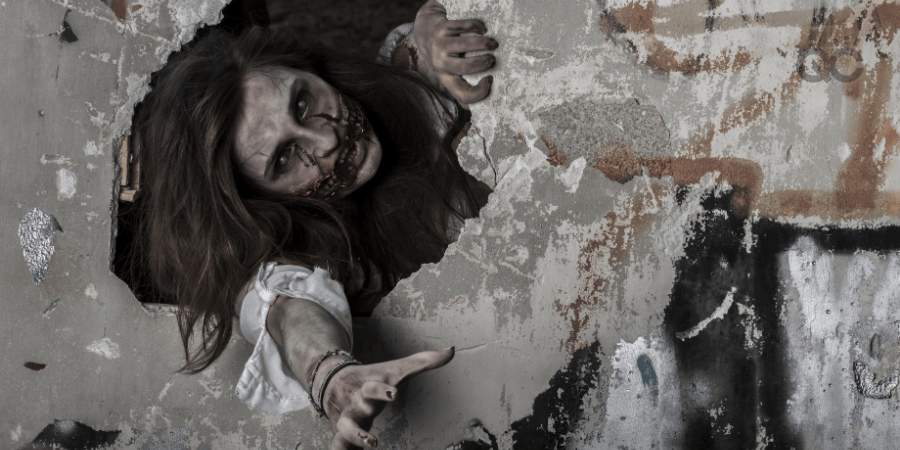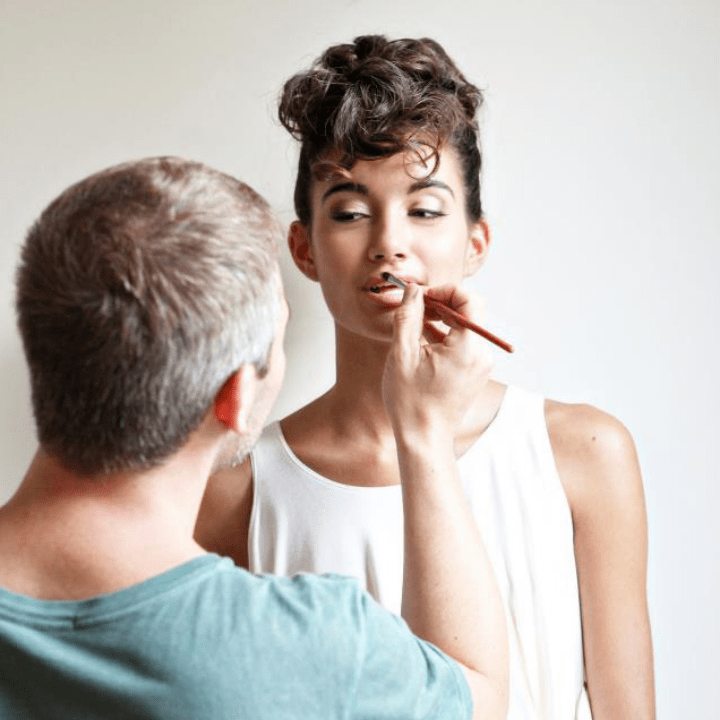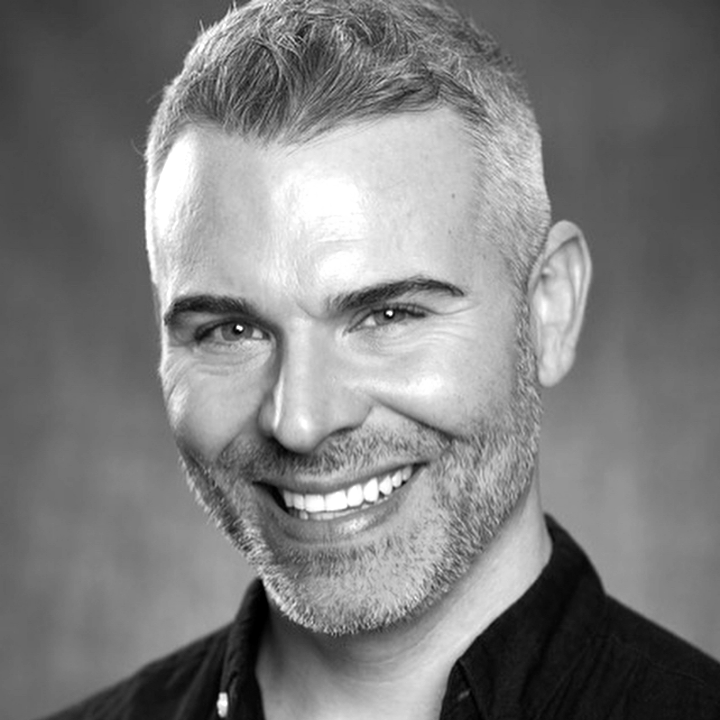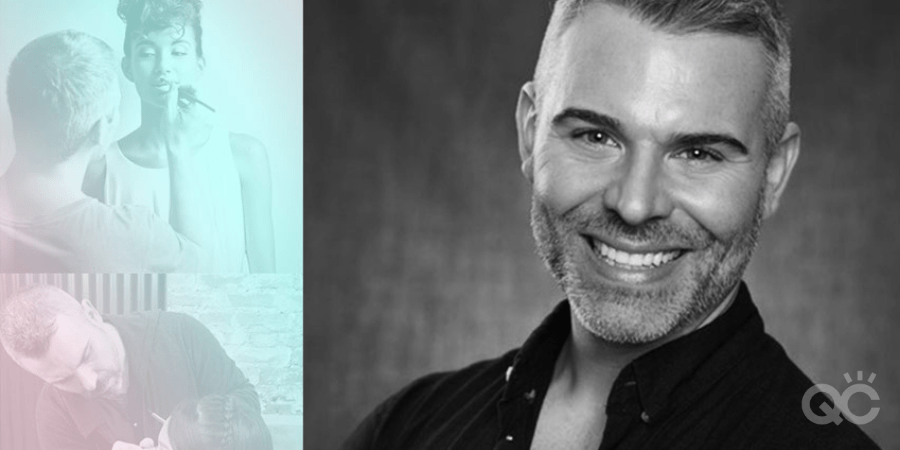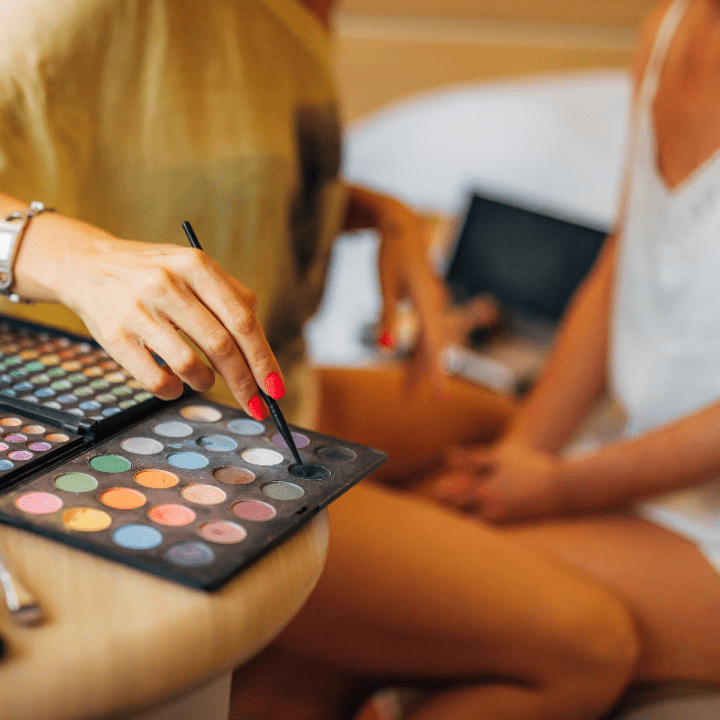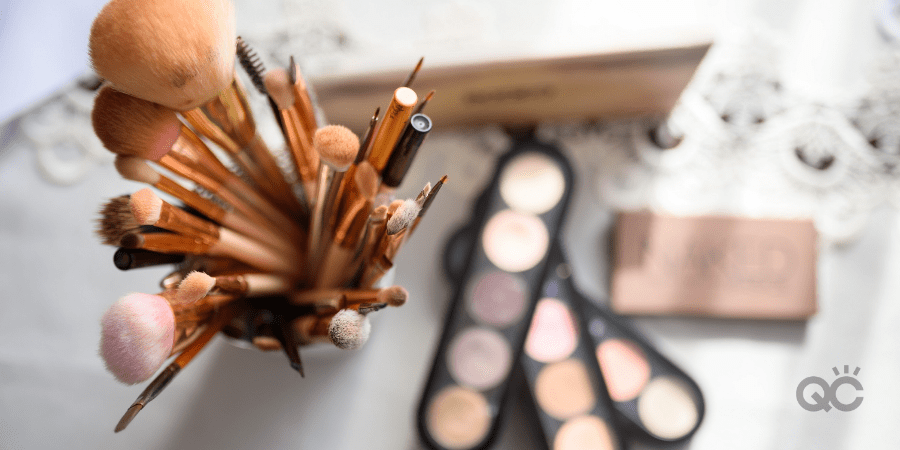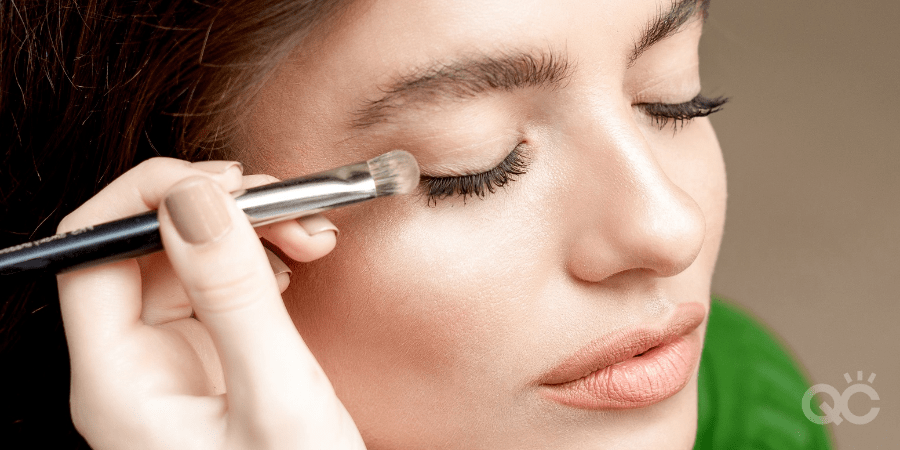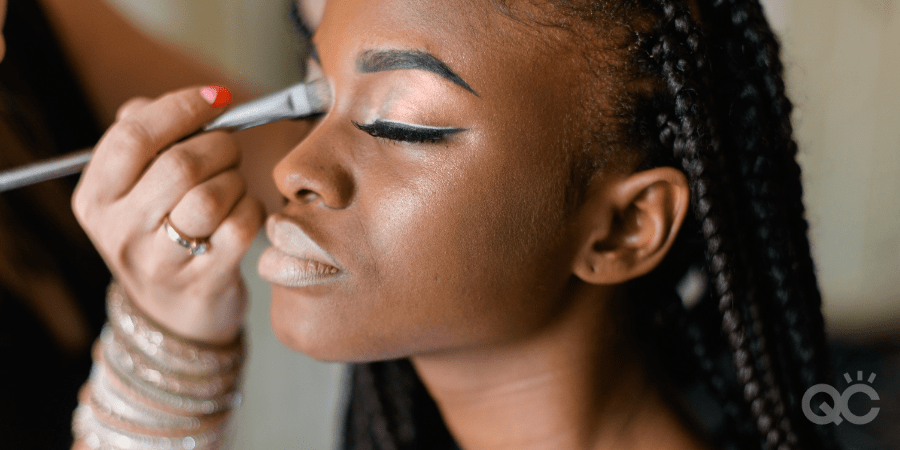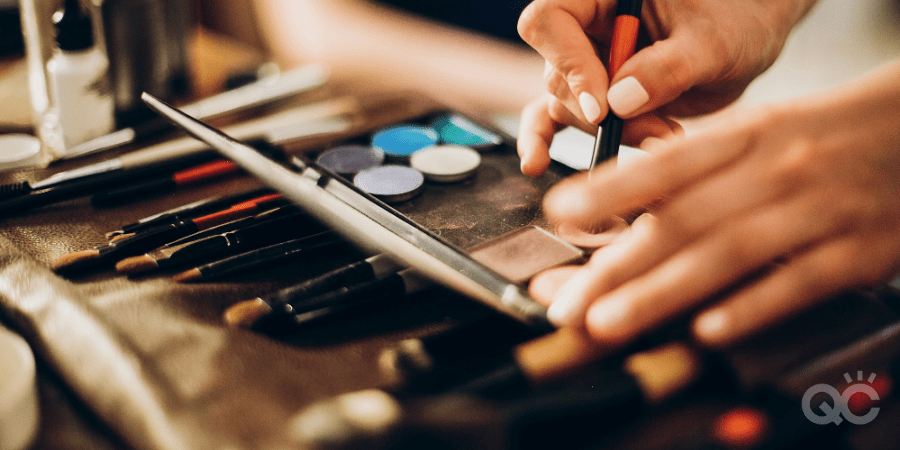
Gabrielle Rivera is a QC Makeup Academy graduate, professional MUA, and special effects makeup expert. To see more of her work, visit her Instagram here.
Christmas is the best time of year to ask Santa for the beauty products you absolutely MUST add to your makeup kit! If you’re interested in pursuing a career in special effects makeup, I’ve got 5 products for you to add to your wish list today.
The best part? They can all be used whether you’re a beginner or experienced makeup artist, and I guarantee that they’ll help take your creations to the next level!
5 Special Effects Makeup Products You Need!
Teeth are a subtle detail that MUAs can potentially overlook when creating special effects makeup looks. But the teeth are very important!
Imagine that you’ve just spent hours creating a detailed gore look or a mythical creature. Once you’re finished and your model is ready to have their photo taken, they smile… and show off a mouth of pearly whites! While they may seem inconsequential, teeth play a major role in creating a finished look. They have a huge impact on the final product of your design.
So, ask Santa to bring you a Tooth Lacquer palette! This palette will help you achieve the most realistic special effects makeup for your characters (and their chompers). My favorite brand is the Fleet Street Tooth Lacquer palette because it comes with a variety of grossly-pigmented paints! With this palette, I have brought a Leprechaun to life. Not to mention, these lacquers are the perfect finish to any rotting zombie look.
(Hint hint, for those enrolled in QC Makeup Academy’s Special FX Makeup Course!)

2. Alcohol-Activated Paints
Another great gift to ask for this holiday season are alcohol-activated paints! What I love most about these types of paints is that they’re long-lasting. They’re also exceptional at creating the most life-like special effects makeup.
One of my favorite alcohol-activated paint brands is the Skin Illustrator palettes. There are over 20 unique Skin Illustrator palettes designed to help artists achieve specific looks. However, a staple in every SFX artist’s kit should be the FX palette. This palette has all of the tones needed to create bruising, cuts, veins, and the illusion of decay.
Some of my other favorite Skin Illustrator palettes are the Grunge and Necromania palettes. They both have a wide range of colors that can be used to create a variety of special effects makeup looks. Another brand of alcohol-activated paints that you DEFINITELY need to ask Santa for are the ProAiir liquid paints used for airbrushing!
Both of the above brands are waterproof and ensure long-lasting results for you and your clients.

3. 3rd Degree
Another staple that I always have in my SFX kit are the 3rd Degree silicone modeling compounds. I’ve been using this brand for over three years now and I have never looked back!
The pros of using this compound include:
- It’s easier to work with this product when compared to scar wax or other modeling compounds
- It has a quick drying time
- It allows you to create more realistic SFX textures in the skin
In the past, I’ve done a Freddy Kreuger SFX look. For it, I used 3d Degree in order to create the burn marks, cuts, gashes, and wounds that resemble flaps of skin, holes, and more! Another great advantage of using this product is that you can add liquid paints in order to create custom colors. This is because the compound cures, which helps to create the most realistic results.

4. Pros-Aide Adhesive and Cream
Pros-Aide Adhesive is a professional adhesive similar to liquid latex. For beginners, I highly recommend using regular liquid latex first. This way, you can become familiar with working with latex before moving onto any costlier products (as the Pros-Aide brand can get a bit expensive).
Pros-aide is a richer quality adhesive that can be used on prosthetics, or can be used in conjunction with cotton to build your own. I prefer this adhesive when working with prosthetics, as it allows for a smoother blend to the skin.
In addition to Pros-aide adhesive, a MUST-have to pair alongside it is Pros-Aide Cream. This cream adhesive is a thicker adhesive that’s meant to fill in the gaps or edges of prosthetics. The result is a truly seamless blend. That being said, this product can also be used to create scars or textures on the skin.

5. Airbrush Machine
The BEST gift you can ask Santa for this Christmas is an airbrush machine. Whether you specialize special effects makeup or regular makeup, trust me: an airbrush machine will elevate your game completely!
Not only do airbrush machines help deliver blended looks; they can save you time as well. Airbrush machines are a great way to lay down a base for your looks, on both small and larger-scale areas. With practice, airbrush machines can also be used to detail looks, and they’re phenomenal for painting over top of prosthetics!
The airbrush machine I use is the Master Airbrush Model TC-320. This airbrush machine is portable, compact, and gets the job done every time. With an airbrush machine, you can use water or alcohol-activated paints, as well as liquid foundation to create glamor looks.
If you ask Santa for nothing else this holiday season, I recommend asking for an airbrush machine. It’ll completely change your life!
Want to learn more about airbrush makeup? QC Makeup Academy has an awesome Airbrush Makeup Workshop that will teach you everything you need to know!


